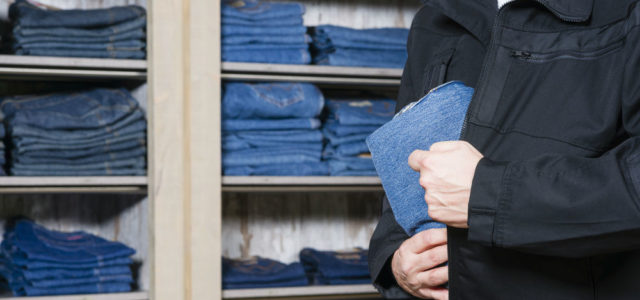As we approach the summer, we’ve been casting our minds back to a weighty matter which took up a lot of our time last year. I’m not talking about the new financial year or the changing regulatory environment.
I’m talking about Pokemon Go and augmented reality. Twelve months ago, you could hardly walk down a London street without bumping into someone flicking their smartphone screen in an effort to catch Pikachu or Bulbasaur.
Now Pokemon Go’s time may be over, but the future of Augmented Reality is still looking bright. Of course, it wasn’t always this rosy; Google Glass was a flash in the pan that quickly evaporated under a sea of bad publicity.
Thankfully, today, one year on from Pokemon Go, with the allure of Snapchat Spectacles, AR is seeing a tentative resurgence. I’m keenly aware that Snapchat Specs have only one function – recording short snaps to share on the social platform, but the internet has been rife with rumours about the AR integration into the iPhone 8, something we’re very much looking forward to.
After all, many retailers have seen great success with interactivity in-store, and AR can only improve this. Burberry’s flagship store on Regent St features full-length screens which can show new and related products – and also double as mirrors at a pinch! Not only does this wow consumers and increase footfall instore, but significantly increases upsell and cross-sell opportunities for brands.
So what does all this mean for payments?
In short, I believe that we may still see a heads-up display for spending. Imagine being able to simply look at an item in-store, connecting to similar stores through your smartphone and seeing competitive prices in real-time, along with location, stock or ordering information. As a consumer, you’d instantly be able to compare nearby stores, save money – or save yourself a walk!
Similarly, being able to order an item from a rival store online – or order a garment in a size which is unavailable in-store – simply by looking at it, has great potential for AR and smart headsets.
Finally, this kind of heads-up display may also help consumers manage their spending better. By connecting to bank accounts and spending management apps, AR apps can display what impact purchases may have on your savings plan. Imagine holding up a new suit and having your AR interface look for alternative sizes and prices…, but then being informed of the impact that this purchase will have on your holiday savings.
Now, I’m sure most of us wouldn’t welcome being told instead of a long break on Lake Como, we’d have to spend the summer in Bognor, but if it helps people to manage their spending better, then maybe we’d all be better off.
And with AR apps and smart glasses coming down in price every day – many VR headsets are now at the sub-£30 point – then the future is definitely bright for AR and payments.
Article by channel:
Everything you need to know about Digital Transformation
The best articles, news and events direct to your inbox
Read more articles tagged: Augmented Reality, Featured







